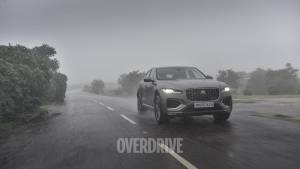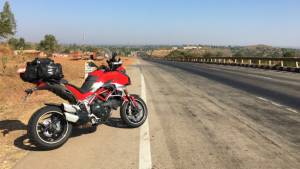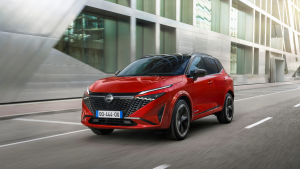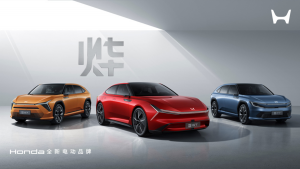Better riding: A matter of time
I was being ferried from the airport to an event when a fellow (non-riding) journalist asked, "What's the big difference between cars and bikes on a racetrack, then?" Another journalist gave a rather good answer which I am going to paraphrase. He said, "Cars are slow so you have more time. Bikes don't give you time." And that's why if you're going to ride well, you must anticipate what is about to come at you and what to do about it? Let me explain in a little more detail.
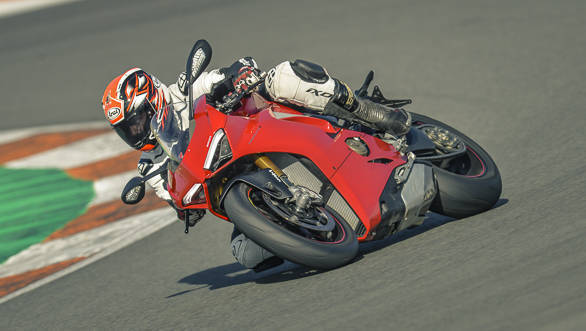
Cars can use their contact patches to carry a lot of speed around corners. But their weight and power usually produce slower acceleration. A motorcycle is almost exactly the opposite. This means a rider - you - has to slow down a lot for every corner and then accelerate very hard towards the next one. The light weight and high power combination means that you shoot from corner exit to corner entry very rapidly - you have no time to think.
You do have time to think, but it requires you to be thinking about what is about to come at you. At a racetrack, this means that as you enter Turn 1, you're already searching for the apex marker for that turn while thinking of the line you'll take from there to the entry of Turn 2. The faster the machine, the further ahead you must think.
If you fail to, you're reacting to whatever your eyes happen to see, whatever your bum is feeling. That's unsmooth, very slow and odds are it will increase your risk level too. This idea applies to the street also. The underlying principles do not change. The idea that you must see what's coming at you as early as possible produces the chance that you have more fractions of seconds to think and respond to that situation even as it evolves in front of you. In the simplest terms, it's better to see the cow in the middle of the road from far away rather than when your front wheel is two inches from its morose nose.
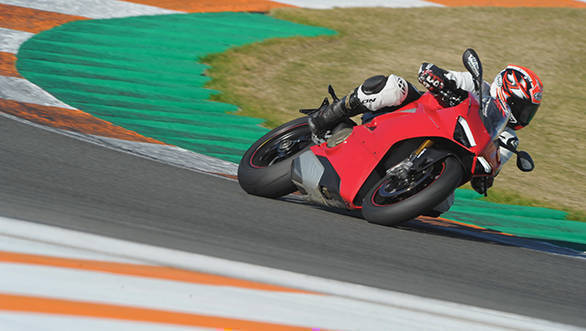
Anticipation is about the step after that. It's about using this information to decide what to do about it and start making the preparations for that sequence of control inputs. The essence of riding well, as you've read in this section of OVERDRIVE, is throttle control and smoothness. The foundation on which they're executed is your ability to think ahead and effortlessly execute the decisions you made earlier while your brain is busy working out what happens after that. You think you ride with your hands, feet, core and muscles? Better riding is in your brain.
